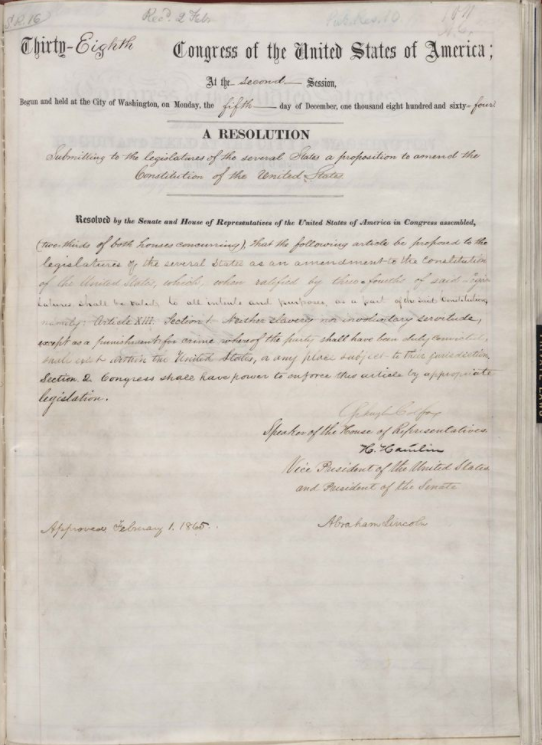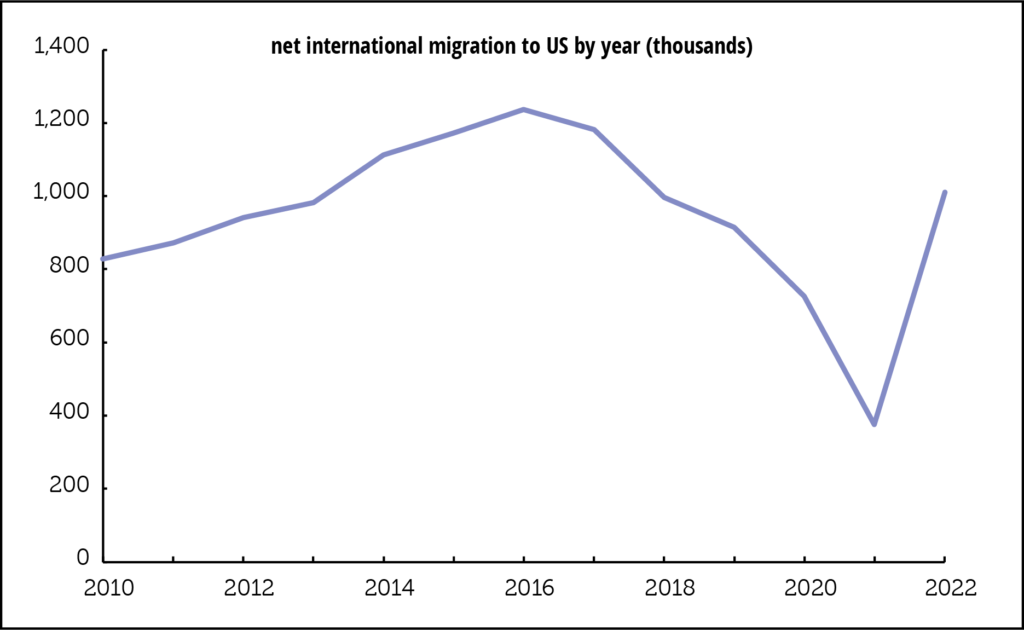Logic Check from Bird World
Conservation scientist J. Christopher Haney, who was brought in by Fish & Wildlife to lead the largest study of pelagic birds in the Gulf Coast in the aftermath of the Horizon blowout, likes to count. In his recently released book, “Woody’s Last Laugh, How the Ivory-Billed Woodpecker Fools Us into Making 53 Thinking Errors,” he documents a hundred years of flawed thinking and makes some broad suggestions, an encouraging read in this time of loud, angry voices.
Many species facing extinction get little play in the press. Not so the Ivory-billed Woodpecker (IBWP): A putative spotting in the Big Woods of Arkansas in 2004/5 generated over 450 media reports, and arguments about the status of the species are often as acrimonious as current political dust-ups. As many know, the US Fish and Wildlife Service declared the species officially extinct seven months ago, despite persistent claims of sightings that continued after the announcement.
Haney admits that he chuckled in a snarky way when he read the F&WS announcement, not because extinction is funny, “it’s deadly serious,” but because, Here we go again….
In his younger years, Haney considered the extinction of the nomadic Ivory-billed Woodpecker (IBWP) a resolved issue, and concentrated on other questions. He admits that the status of the IBWP was never a big deal to him. He thinks of the species as a “big black, white and red woodpecker,” of which we have another so alike it is hard to distinguish, the pileated woodpecker. But eventually he was drawn in.
Haney’s father was a book salesman, and gave his young son many 19th century bird books, mostly seconds, that Haney read carefully. In the hoopla following the possible IBWP sightings some time ago, he found that the bird being described in the newspapers in the early aughts bore no resemblance to the bird described by naturalists in 1873. Yet the real tipping point for his thinking was driven by his observations of how people responded to the reports, and he embarked on a ten-year study of that phenomenon.
He hypothesizes that we have a “pig-headed death wish” for the bird because it does not conform to our expectations, and that this began in the late 1800s just as the US frontier was closing, causing the American public to engage in a lot of myth-making tied to the wilderness.
The somewhat incomprehensible errors that pushed the bird toward a “symbolic grave” began in the 1930s, when UT Knoxville ornithologist James Tanner saw them eating large grubs in pristine old growth forests. Those forests were “felled to the wartime ax” in the 1940s, and ornithologists decided the species could not adapt and would be forced into extinction. (People thought this about the similar pileated woodpecker around the same time.) Tanner did not follow the bird, which may be or have been an opportunistic wanderer. And importantly, his belief that they could only survive in virgin bottomland hardwoods was directly contradicted by a photograph taken by his own mentor showing a pair in piney flat woods, with a female on the ground—which supposedly doesn’t happen—amid scrawny trees.
There’s a lot in the book, but we’ll cut to a few of the biases Haney outlines, harking back to the work of Kahneman and others on our thought processes, always good reminders.
Anchoring bias, we have been anchored to the belief the bird is likely extinct for one hundred years, largely because of misconceptions about its diet. Haney points out that a bird so narrow a specialist would never have survived into the modern era, referencing the waves of extinctions that killed off 34 mammal genera over the years.
We often get extinctions wrong. We’ve re-found over three hundred species that were once believed extinct over the last hundred years, and we tend to rush to a belief in extinction rather than to a default that the species is alive somewhere. The Bermuda petrol, a sea bird of similar size, was listed as extinct in 1620, but in fact populations in the low single digits managed to hide out in the open terrain of Bermuda’s tiny islands to be rediscovered 300 years later. This is the Romeo bias, the serious error that led Romeo to kill himself when he believed Juliet was dead. Listing the ivory-billed as extinct takes it out of field guides, and makes it less likely that people will be able to identify individuals if seen, which will limit our understanding. In addition, the extinction stamp removes protections from potential habitats.
Haney makes the stunning observation that we take all sight reports before 1915 at face value and accept them, yet between 1915 and 1940 they became controversial, and every observation after 1940 has been attacked. He points out that in the 1800s observers were riding on horseback through tough terrain, without binoculars, while more recent observations benefit from excellent optics, lots of field guides, and “a cohesive birding fraternity unafraid to levy ruthless verdicts from doubting peers.” That we have changed our criteria across historic eras, essentially dismissing a whole class of people because they are “suggestable,” reflects fundamental attribution error. And it only goes in one direction: people are believed to have mistaken a pileated for an ivory-billed, never the other way around. There have been over a hundred sightings through the final decades of the 20th and into the early decades of the 21st centuries, which Haney considers important.
The math supports Haney’s view that we don’t know. He argues that we would have to send observers into every one of the 90,000 acres where the IBWP was once seen 254 times to be 99% sure it is not there. Even if there are as many as 500 birds remaining, sprinkled throughout ten southern states, the probability of seeing one is not zero but close to. A prior study costing $1.6 million got through only 12% of the territory, and was abandoned, with analysis suggesting if there were 100 birds a very poor sighting might occur every 2 years, but even a blurry photograph would probably take 20.
Haney closed one interview by noting that birders generally only accept indisputable sightings—“A 70% probability may be OK for stock-picking,” but not for science. But he calls keeping lists only of verified accounts nothing but a limiting hobby, and that hobbies are not “granted the final word on truth,” as we search of what is reliable in our universe. The IBWP described in ornithological science is not the same as the birders’ IBWP, we have to look at the math, look at the social identities of those arguing for and against—for example, southern hunters might want to keep federal regulators off their hunting grounds—and perhaps give some credence to recent sight reports. He suggests the safest thing to do is back away from this mind trap and say, “I don’t know,” a useful three words, if seemingly easier to say by those with broader knowledge.








Long Violent History
The pensive face of young Tyler Childers is popping up on computer screens around the world. The son of a surface coalminer, this Kentucky singer & songwriter’s first release was “Bottles and Bibles.” and he is known as the spokesman for the people in his region who often struggle financially. In his statement about his new song, Long Violent History, he simply asks his community to put themselves in the shoes of African-Americans who fear everyday encounters with “public servants,” the police. In the song itself, he wonders how many “boys could be pulled off this mountain,” before his community swarmed into town, demanding “answers and armed to the teeth.”
One of his ex-fans suggests his expression of these “liberal views,” which include not getting shot in one’s sleep, have ended his career, a bit of a stretcher since his new page had over 50,000 likes within days of posting. In the accompanying song, the weaponry he describes includes Pawpaw’s old rifle and Springfield 30-06s. You may know what an aught 6 is but I (that’s Philippa) had to look it up, a rifle introduced in WWI, largely retired but still in use as a regular old hunting rifle. And the uprising he invokes is the Battle of Blair Mountain, a bona fide labor struggle over conditions in coal mines, not some ridiculous gun rally or ghastly display or racism or anti-Semitism. I hope you will take the time to listen to his statement. It’s a marvel.
His solution is to vote out those who have let police brutality run, and he suspects that these same people are the ones who hollowed out his and like communities–jobs out, drugs in–in what have become food deserts. He encourages his community to spend more time growing food, canning, hunting, fishing, and tanning hides, so they don’t have so much time to jawbone about things they know nothing about.
Good advice for everyone, and we know Tyler Childers wouldn’t be such a fool as to go deer hunting with an AK-whatever.
All proceeds from the song go to the Hickman Holler Appalachian Relief Fund that he set up with his wife, Senora May, a beautiful story all her own. They are in the process of setting up a scholarship fund to support people of color attending Appalachian colleges.